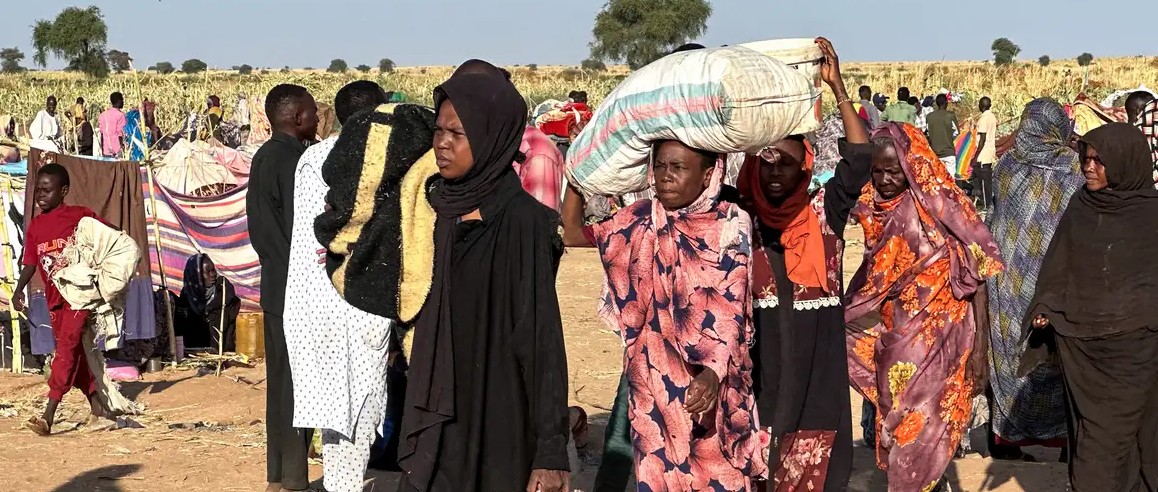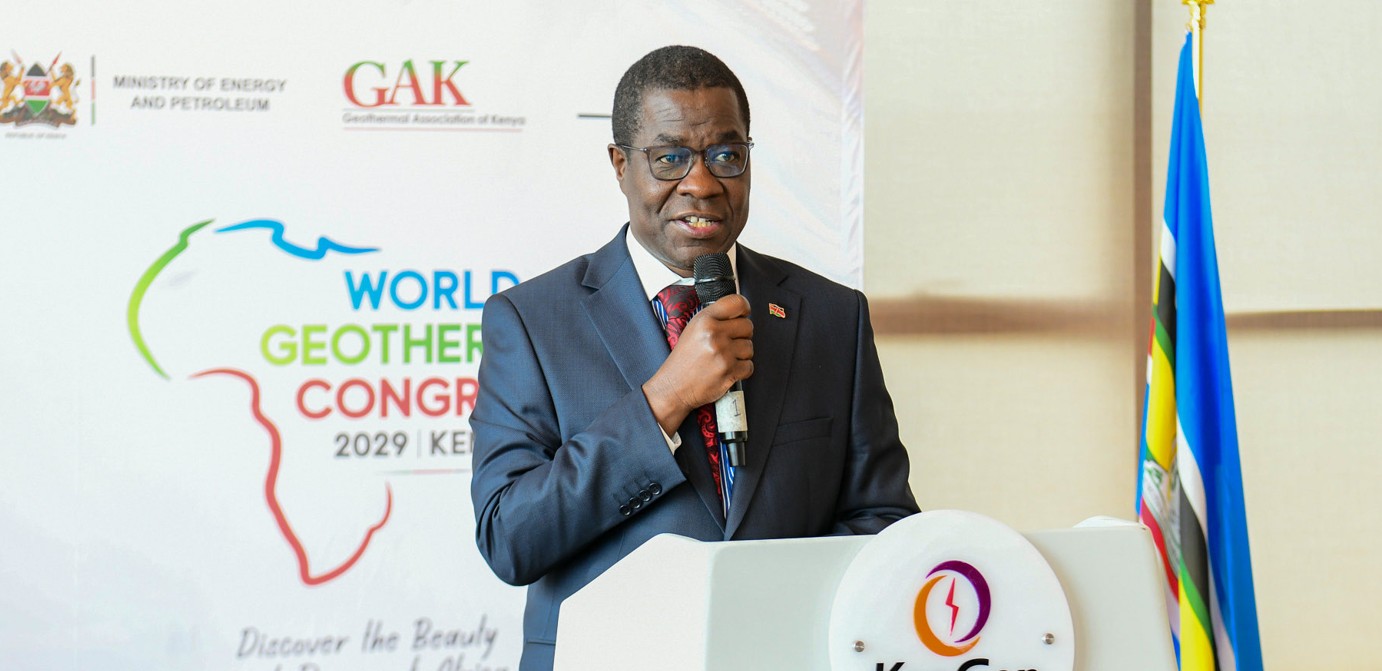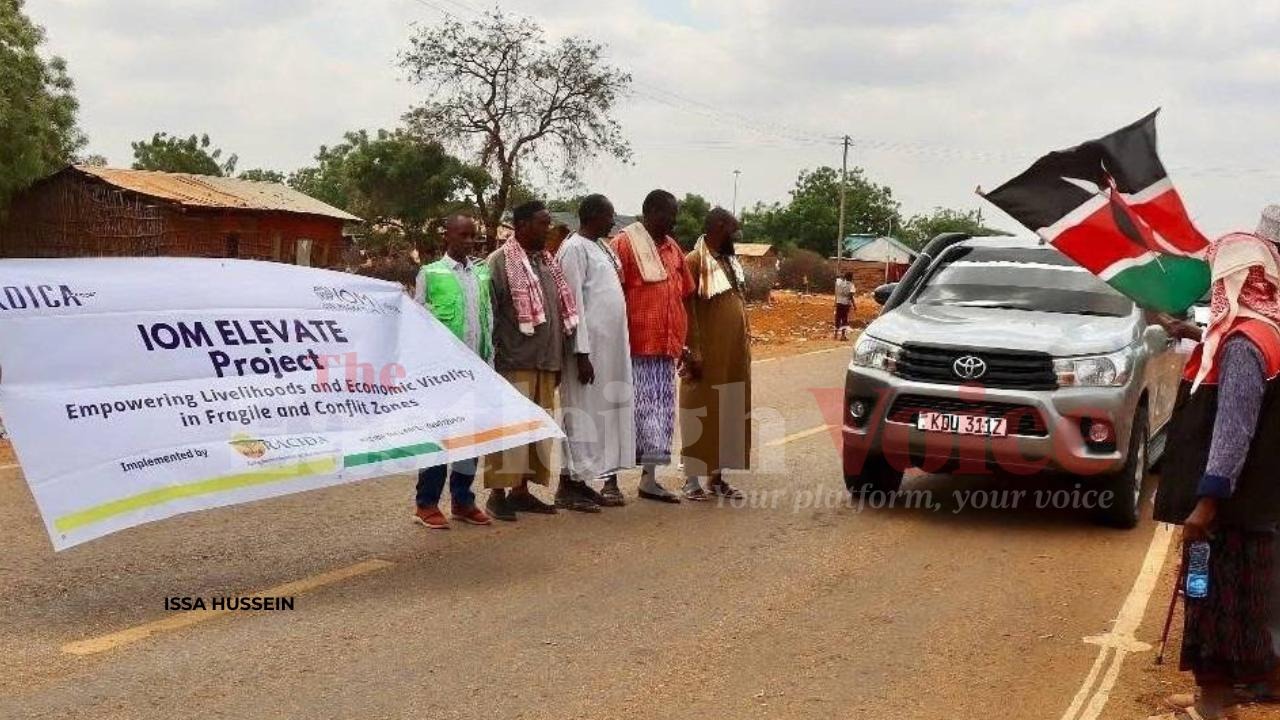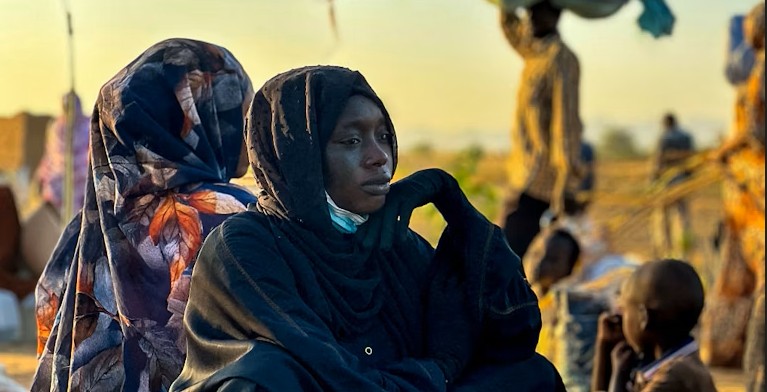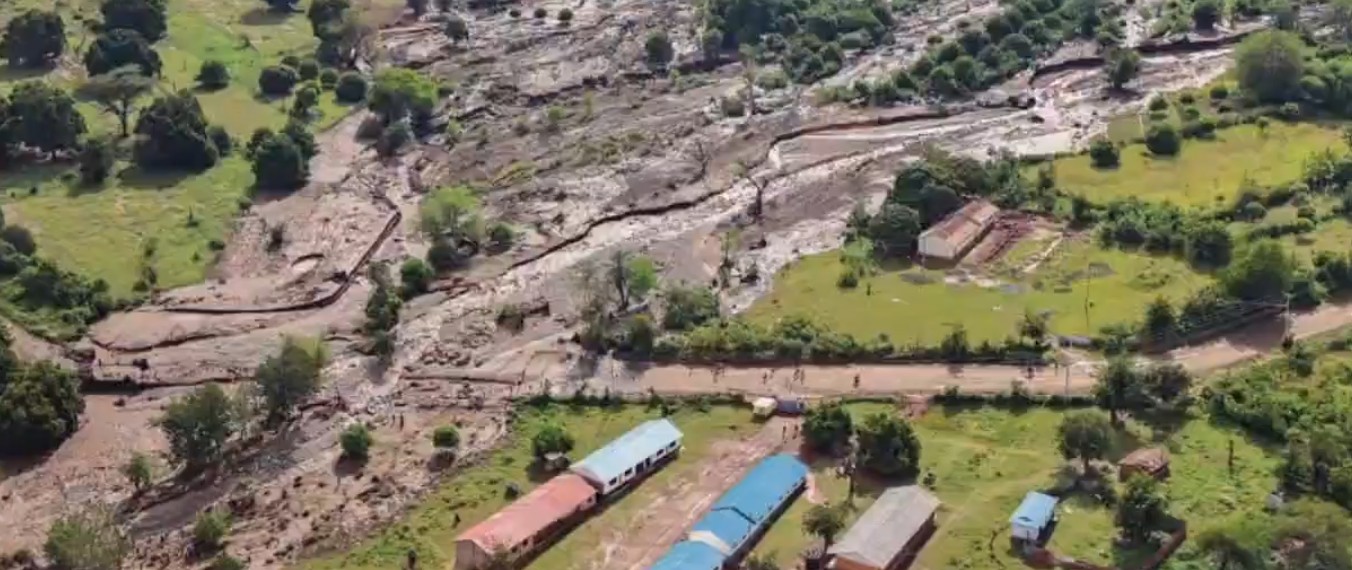New revenue formula to slash funding for 31 counties
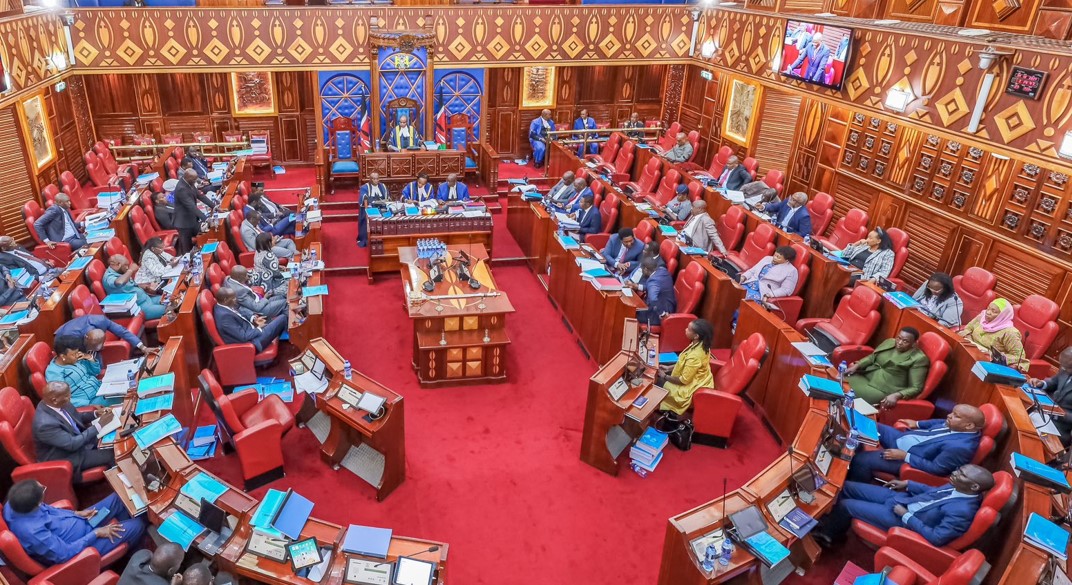
The proposal is currently being considered by the Senate, and the Council of Governors is scheduled to hold a meeting to decide its position on the formula.
A new revenue-sharing formula proposed by the Commission on Revenue Allocation (CRA) has sparked concerns, with more than half of the country's 47 counties set to experience funding reductions if Parliament approves the plan.
The formula, which seeks to adjust how funds are distributed to counties, has seen a shift in the criteria for revenue allocation, placing greater emphasis on population size.
More To Read
- CoB: Billions in potential revenue lost amid weak enforcement in counties
- Bill expanding Senate's powers sparks debate over oversight, budget control
- Kenya's oversight bodies crippled by underfunding, government disregard, report reveals
- MPs approve new revenue sharing formula, warn counties on misuse of billions
- Counties face centralised revenue control under new Treasury regulations
- Senators vow to block revenue formula slashing funds for 21 counties
Under the new formula, the population share of the revenue allocation will increase from 18 per cent in the current system to 42 per cent.
This change will favour counties with higher populations, ensuring that they receive a larger share of the national revenue.
However, the new model also introduces cuts for several counties, particularly those with lower populations.
Kitui, Kakamega, and Narok are among the counties expected to face the largest reductions. Kitui, for instance, is projected to lose Sh343 million, while Kakamega will lose Sh310 million.
Other counties such as Kisii and Homa Bay will see cuts of Sh285 million and Sh262 million, respectively.
Kakamega County stands out as the biggest loser in this new formula, followed closely by Machakos, Kilifi, and Meru counties, each facing cuts of more than Sh250 million.
The third basis formula, which was passed in 2020, had population accounting for 18 per cent of the allocation, but this new proposal brings a dramatic increase in that percentage, raising concerns for counties that stand to lose.
While some counties will lose significant amounts, others stand to benefit greatly from the new distribution model.
For instance, Garissa County will receive an additional Sh1.9 billion, while Marsabit County is expected to gain Sh1.3 billion.
Isiolo and Wajir counties will also see increases, with each receiving an additional Sh945 million and Sh607 million, respectively.
Kajiado County is also on the winning side, with a projected increase of Sh801 million.
Other counties that will benefit include Kericho, Samburu, and Vihiga, each of which will get an increase of more than Sh300 million.
These counties are among the 16 that will reap the benefits of the new population-based allocation formula.
The new formula also revises other parameters, such as equal share, which will increase from 20 per cent to 22 per cent, and land mass, which will rise from 8 per cent to 9 per cent.
However, the proposed formula eliminates previous parameters, including those related to health, agriculture, roads, and urbanisation.
The proposal is currently being considered by the Senate, and the Council of Governors is scheduled to hold a meeting to decide its position on the formula.
If passed, the new formula will shift the balance of financial resources across counties, with those having larger populations benefiting at the expense of others that are less populated.
Top Stories Today

